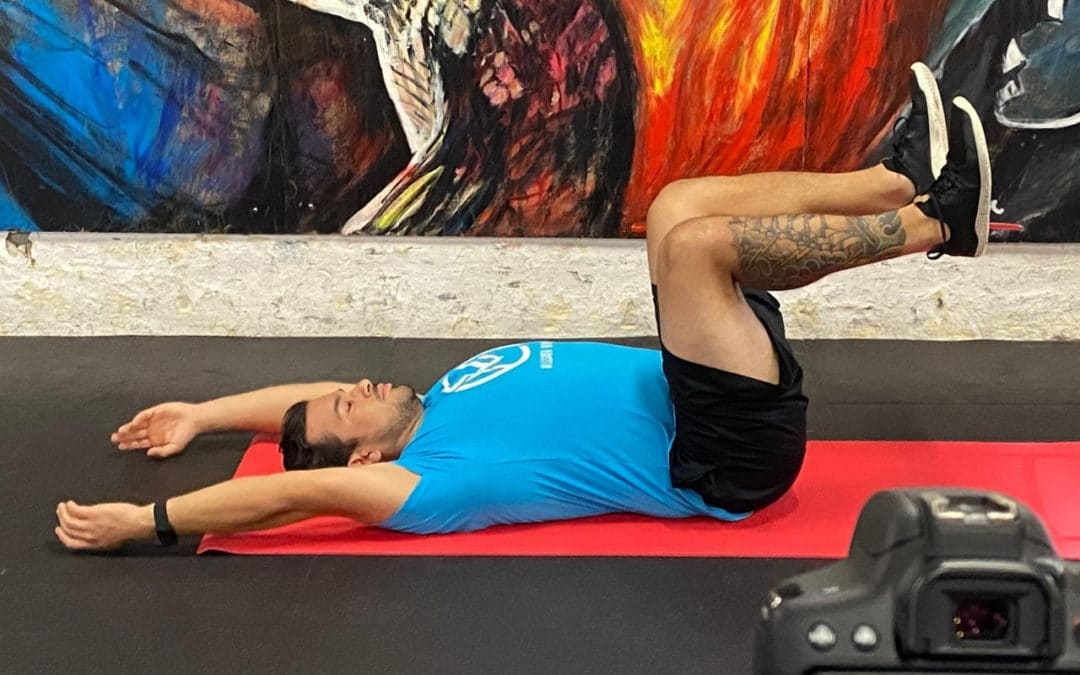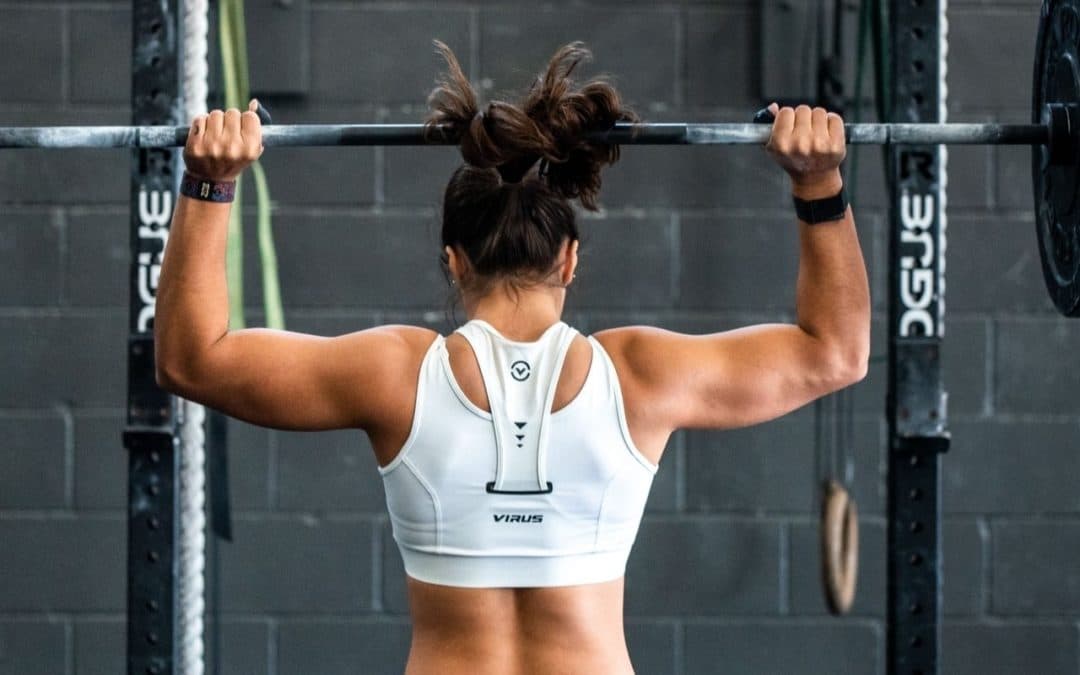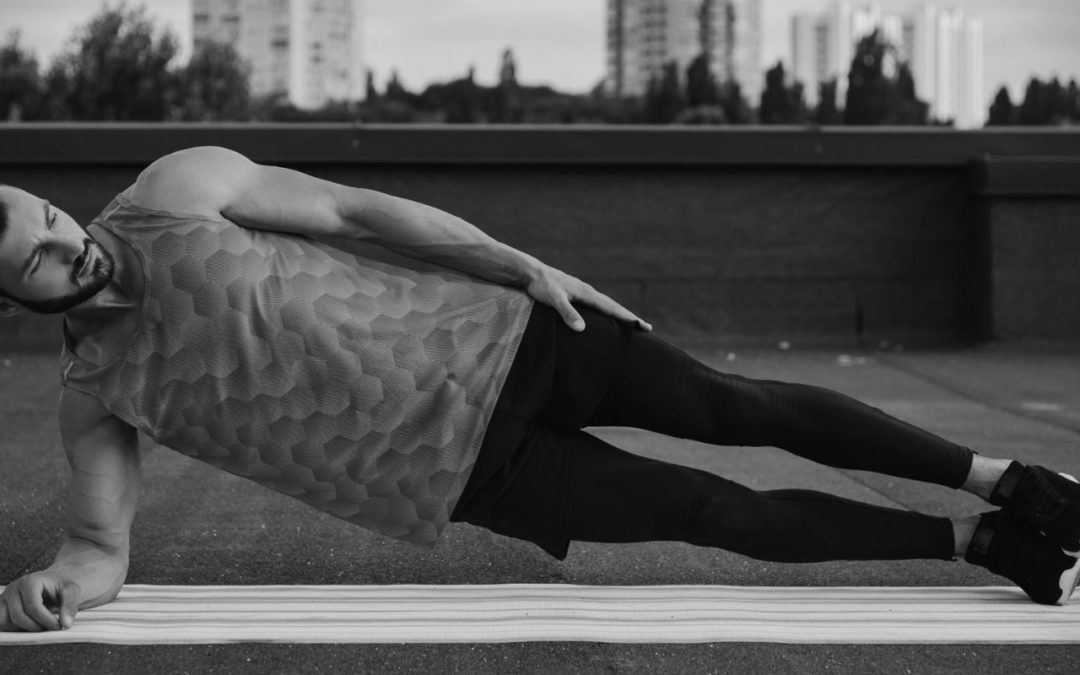What is a push-pull ratio?
The push-pull ratio can help prevent shoulder injuries by helping you maintain a balance in the muscles around the shoulder girdle. It is exactly as it sounds- a ratio between how many pushes you are doing compared to how many pulls you are doing in any given training cycle. In general, we recommend a 1:2 push to pull ratio. Simply put this means that for every push movement (i.e.- bench press) you should be doing twice as many pulls (bent over row, pull downs, etc.). This can be programmed each day, i.e. you do pushes and pulls on the same day, or you can balance out the total volume over the course of a week. More on this later. Furthermore, we also recommend that you do more horizontal pulling (rows, band pull aparts, etc.) than vertical pulling (pull-ups, lat pulldowns, and so on).
Who needs to use push-pull ratios and why?
Simply put, if you are alive today it makes sense to track your push pull ratio. Our modern world has forced us to bend forward at every turn. We sit (slouch) more than ever, hold phones in front of our faces, and spend insane amounts of time in front of computers.
The commonality between all of these things is position.
To prevent yourself from looking like Mr. Burns from the Simpsons you gotta dial in the push pull ratio.
If you aren’t an anatomist and don’t know these muscles that’s ok. Just know this- the body works best in a particular balance and this posture us certainly outside of that balance.
In fact, this imbalance can wreak havoc on the shoulder joint by subtly changing the way the joint moves. The change in movement can lead to injuries like shoulder impingement, rotator cuff tears, and tendinitis.
Couple the forward posture that we are forced into with the way many training programs focus on the same muscles in the front of our bodies and less on the back muscles and you can easily see why shoulder injuries are so prevalent today.
Example of the ratio In Programming
Below is a very basic example of how to use the push press ratio in programming. It is by no means a complete program nor is it very creative for that matter. It is merely an example of how you can construct a balanced program using the push-pull ratio as a guide.
Notice that the total push reps are half that of total pull reps. This is irrespective of the rep scheme. In other words, the number of sets doesn’t matter but the total rep count does.
It is also worth noting that while this reflects one portion of one day’s program it doesn’t necessarily need to be structured like this. You could likewise space out the rep scheme over the course of a week. This gives you quite a bit more flexibility in structure and volume.
| Exercise | Sets | Reps |
| Bench Press | 4 | 8 |
| Pull-ups | 2 | 12 |
| Bent over row | 4 | 10 |
Using Push-Pull Ratios In Crossfit Style Programming
Because Crossfit is supposed to be constantly varied it posses an issue to using this tool in its structure.
I’ve tried to program Crossfit mesocycles using the push-pull ratio. It isn’t easy. In large part because the movements that Crossfit typically uses are biased for pushing. The variety of pulls, especially horizontal pulls, that you see in Crossfit programming leaves much to be desired. Most gyms only consistently program erg rowing, pull-ups, and the occasional ring row.
This can be remedied in the strength and skill portion of a programming block but is harder to piece together in metcons. Very few pulls, aside from those above, are conducive to moving fast and thus don’t make great conditioning exercises.
Since this is so tough to balance out during conditioning workouts I recommend adding auxiliary strength or technique movements into your programming to help rebalance the ratio.
What are your thoughts? Do you have any great ways to incorporate the push-pull ratio into your programming?
Let me know in the comments.
Ian
PS- We are working on a cool little project designed to help you squeeze more horizontal pulling into your training days.
We call it the Mission MVMT Pull Challenge.
It should be launching in the first couple months of 2020.
If this is something that may interest you then I ask you to do two things.
- to be notified by email about when things start moving forward
- Follow along on Instagram where we will be updating as we have more info.




